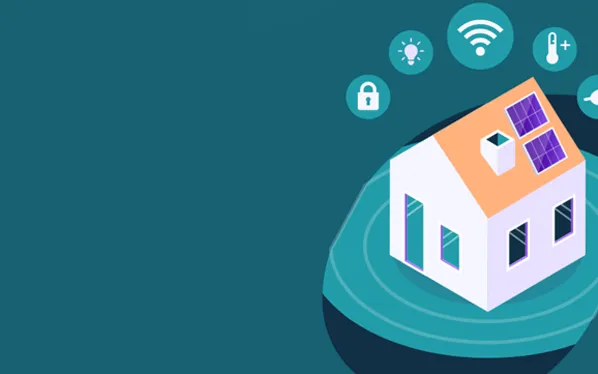
We may not know it yet, but game changer concepts such as ‘Demand Response’ and ‘Flexibility’ could be the key to decrease the amount of energy European citizens consume and optimize the resources we do have available.
The energy prices in the European Union have increased quickly. The Russian-Ukrainian war affected severely the gas distribution, aggravating a crisis that it is expected to be severe this winter. In fact, the EU parliament stated that citizens needed to use less energy to bring balance to electricity markets. But will be that enough?
Right now, the European Union is importing expensive gas, which means it produces an even more expensive electricity. Some Governments are implementing tax reductions, but a classic economical approach is now considered: To reduce consumption and increase offer. In other words, ask citizens to be more efficient and increase local energy production.
The future energy is clean, local, and better distributed
Energy production is obviously related to energy transition, it makes no sense to build again big gas, coal, or nuclear plants. The future renewable energy is clean, local, and distributed. Therefore, the electricity grid will be fed by numerous plants of non-manageable energy such as wind and solar. Does it seem complicated to control? Indeed, it is. Will we be able to act quickly enough to produce so much energy? Unfortunately, the odds are against the EU because two other crises are impacting on its development. First, the shortage of raw materials, and second, the lack of trained installers. Therefore, it is mandatory to plan and use these resources adequately.
Energy efficiency is a very logic solution because it is the most affordable way to save money and energy. But the electricity market does not depend only on the amount of energy used. Also, and more importantly, it depends on when it is used. Why should we save energy if we have an excess of wind production during the night that we can store? Or why would we produce a lot of solar energy if we are not at home to use it?
The paradigm is shifting from manageable centralized fossil fuel-based technologies to non-manageable distributed energy resources (DER). The first scheme was designed to satisfy all consumer needs independently from its environmental impact. The second is designed to maximize the use of renewables and local energy. It may seem complicated, but it has come to a point where it is our time to adapt.
Demand Response (DR) and Flexibility
And here is where two new concepts appear, Demand Response (DR) and Flexibility. Demand Response allows users to automatize and optimize the amount and time of use (TOU) of their energy. For example, the use of heating or appliances can be optimized through a simple and cheap controller, such as a Raspberry Pi. That ensures the best price, the maximum amount of renewable energy used, and the decarbonization of the grid.
Furthermore, it creates a new advantage unavailable until now for residential users - an only possible for industrial customers: Flexibility. This means that a residential user can now use, or produce, the energy considering the needs of the electricity market or grid. This is new, good for the environment, and very profitable.
The stakeholders interested in flexibility are all the companies in the electricity value chain. Why building more high voltage electric cables if we can directly sell our solar energy to our neighbour? Why not automatically charging our electric car when the grid is overloaded? Why not helping to improve the energy use forecast? All of these would save the stakeholders a lot of money, and they are willing to pay for it. Therefore, users both save and earn money from this flexibility without losing control of their consumption or comfort. That is truly a great deal.
But who is controlling this demand response system? It would not only be the private companies, but also the own users. They could do this through energy communities or cooperatives, becoming a new agent of the market called aggregator (keep this name in mind, as you will hear it a lot in the future). This way, the system would be user centred and inclusive. In conclusion, users will hear about Demand Response and Flexibility. They should be familiar with these terms and see them as a great opportunity to ensure better prices, as well as local and clean energy production. This would be accomplished through innovative solutions beyond “use and produce” approaches. Time, as always, is gold.



Add new comment